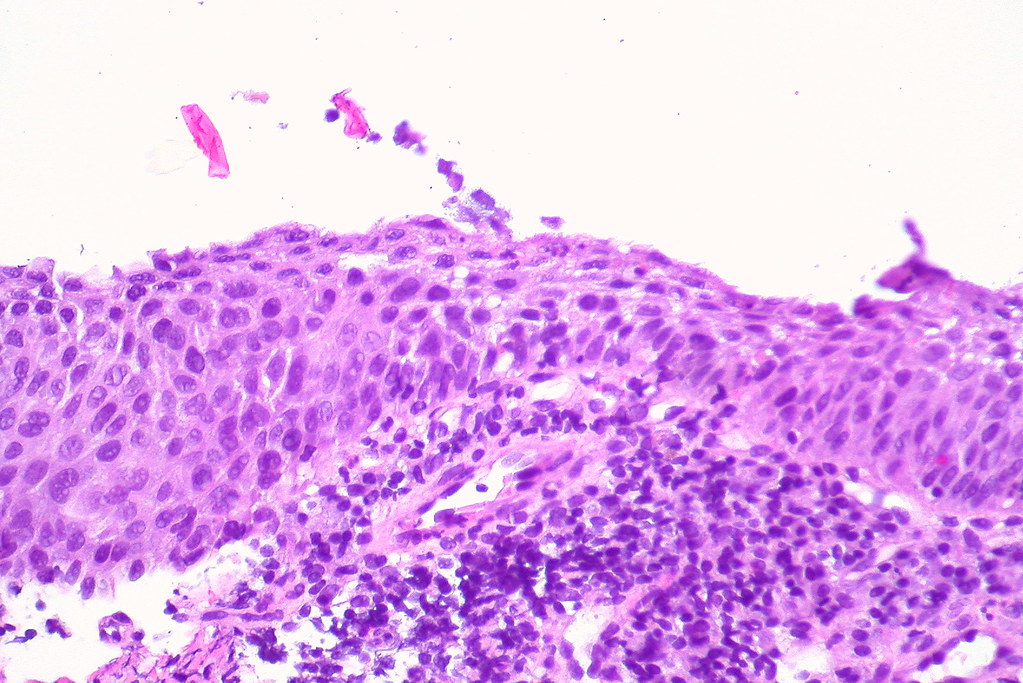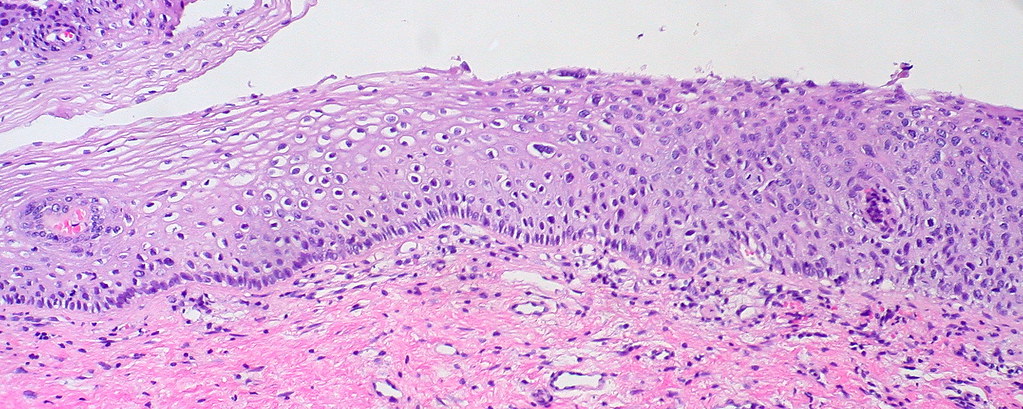Cervical dysplasia, often abbreviated as CD, refers to the abnormal growth of cells on the surface of the cervix. This condition is considered precancerous and requires careful monitoring and treatment to prevent its progression into cervical cancer. In this article, we will delve into what cervical dysplasia is, its causes, symptoms, diagnosis methods, and available treatments. By understanding these aspects, individuals can take proactive steps toward their health and well-being.

What Is Cervical Dysplasia?
Cervical dysplasia occurs when the cells lining the cervix undergo unusual changes. These changes are typically detected during routine screenings such as Pap smears. While not all cases of abnormal cell growth lead to cancer, untreated or severe forms of cervical dysplasia can increase the risk of developing invasive cervical cancer over time.
The cervix is the lower part of the uterus that connects to the vagina. Its cells are constantly renewing themselves, but sometimes this process goes awry due to various factors. When the cells grow abnormally, they may appear different under a microscope compared to normal, healthy cells. These abnormal cells are categorized based on their severity, ranging from mild to severe.
Types of Abnormal Cell Changes
- Mild Dysplasia: Also known as low-grade squamous intraepithelial lesion, this type involves minor cellular changes that often resolve on their own without intervention.
- Moderate Dysplasia: This indicates more significant cellular changes that require closer monitoring and possible treatment.
- Severe Dysplasia: Also referred to as high-grade squamous intraepithelial lesion, this stage represents advanced cellular abnormalities that are more likely to progress to cancer if left untreated.
Causes of Cervical Dysplasia
The primary cause of cervical dysplasia is infection with certain types of the human papillomavirus, commonly known as HPV. HPV is a group of viruses that includes more than 100 different strains, some of which are linked to cancers and other health issues. Not all HPV infections result in cervical dysplasia, but persistent infection with high-risk strains significantly increases the likelihood of developing abnormal cell growth.
Other Contributing Factors
In addition to HPV, several other factors can contribute to the development of cervical dysplasia:
- Weakened Immune System: Individuals with compromised immune systems, such as those living with HIV or undergoing immunosuppressive therapy, are at higher risk.
- Smoking: Smoking has been shown to weaken the immune system and make it harder for the body to fight off HPV infections.
- Multiple Sexual Partners: Engaging in sexual activity with multiple partners increases the chances of exposure to HPV.
- Early Onset of Sexual Activity: Starting sexual activity at an early age can heighten the risk of contracting HPV.
- Lack of Vaccination: The HPV vaccine is highly effective in preventing infections caused by high-risk HPV strains, and not being vaccinated leaves individuals more vulnerable.
Symptoms of Cervical Dysplasia
One of the challenges of cervical dysplasia is that it often does not present noticeable symptoms, especially in its early stages. Many women only discover they have abnormal cell growth after undergoing routine screening tests like Pap smears. However, in some cases, individuals may experience the following signs:
- Irregular vaginal bleeding, such as between periods or after intercourse
- Unusual vaginal discharge that may be watery, bloody, or have a foul odor
- Pelvic pain during or after sexual activity
If any of these symptoms occur, it is essential to consult a healthcare provider promptly for further evaluation.
Diagnosis of Cervical Dysplasia
Early detection of cervical dysplasia is crucial for effective management and prevention of complications. Several diagnostic tools are available to identify abnormal cell growth in the cervix.
Pap Smear Test
A Pap smear, also called a Pap test, is a routine screening procedure used to detect abnormal cells in the cervix. During the test, a healthcare provider collects a small sample of cells from the surface of the cervix using a brush or spatula. The sample is then sent to a laboratory for analysis under a microscope. If abnormal cells are found, further testing may be recommended.
HPV Testing
HPV testing is often performed alongside or after a Pap smear to determine whether high-risk strains of the virus are present. This test can help identify individuals who are at increased risk of developing cervical dysplasia or cervical cancer.
Colposcopy
If a Pap smear or HPV test indicates abnormal results, a colposcopy may be performed. During this procedure, a healthcare provider uses a special magnifying instrument called a colposcope to examine the cervix more closely. A solution is applied to the cervix to highlight abnormal areas, which can then be biopsied for further evaluation.
Biopsy
A biopsy involves removing a small piece of tissue from the cervix for laboratory analysis. This procedure helps confirm the presence and severity of cervical dysplasia. There are different types of biopsies, including punch biopsy, endocervical curettage, and cone biopsy, each serving specific diagnostic purposes.
Treatment Options for Cervical Dysplasia
The treatment approach for cervical dysplasia depends on the severity of the condition, the individual’s age, overall health, and reproductive plans. Mild cases may not require immediate intervention, while moderate to severe cases typically necessitate more aggressive measures.
Observation and Monitoring
For mild dysplasia, healthcare providers may recommend regular follow-up appointments and repeat Pap smears to monitor the condition. In many cases, the immune system can clear the abnormal cells naturally without the need for treatment.
Cryotherapy
Cryotherapy involves freezing and destroying abnormal cells on the cervix using liquid nitrogen. This outpatient procedure is minimally invasive and has a relatively short recovery period.
Laser Therapy
Laser therapy uses a focused beam of light to remove or destroy abnormal tissue. It is a precise and effective method for treating moderate to severe dysplasia.
Loop Electrosurgical Excision Procedure (LEEP)
During a LEEP procedure, a thin wire loop heated by an electric current is used to remove abnormal tissue from the cervix. This technique allows for both diagnosis and treatment in a single session.
Cone Biopsy
A cone biopsy involves surgically removing a cone-shaped piece of tissue from the cervix. This procedure is typically reserved for severe cases or when other treatments have been unsuccessful.
Preventive Measures
While cervical dysplasia cannot always be prevented, certain measures can significantly reduce the risk of developing this condition:
- HPV Vaccination: The HPV vaccine protects against the most common high-risk strains of the virus and is recommended for adolescents and young adults.
- Regular Screenings: Routine Pap smears and HPV tests are essential for early detection and timely intervention.
- Safe Sexual Practices: Using condoms and limiting the number of sexual partners can reduce the risk of HPV transmission.
- Healthy Lifestyle Choices: Avoiding smoking and maintaining a strong immune system through a balanced diet and regular exercise can help the body fight off infections.
Living with Cervical Dysplasia
Receiving a diagnosis of cervical dysplasia can be overwhelming, but it is important to remember that the condition is treatable. With proper care and adherence to medical advice, most individuals can manage the condition effectively and reduce their risk of complications. Staying informed, attending regular check-ups, and adopting preventive measures are key to maintaining long-term cervical health.





